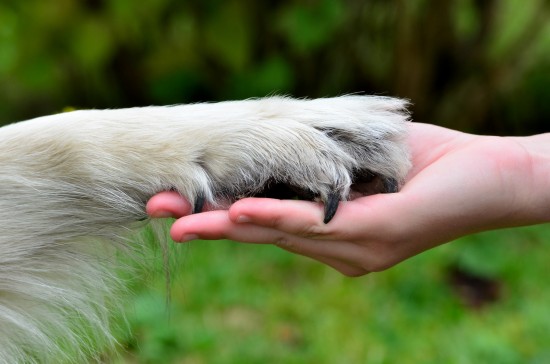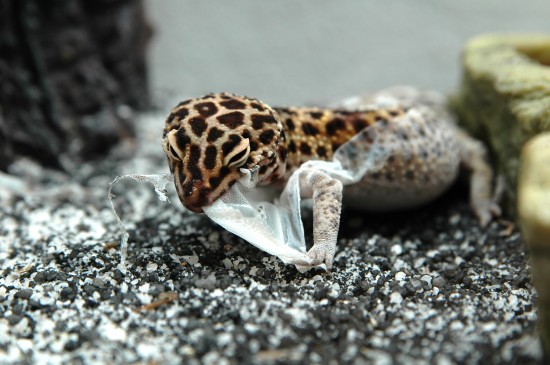
With the popularity of raw food for both dogs and cats, not surprisingly we have now a number of options to make it easier for us pet lovers to feed our cats and dogs a nutritious species appropriate diet. Or at least they should be species appropriate… many manufacturers will lump cats and dogs together when in fact cats have very specific requirements that may not be met when purchasing a commercial raw food.
When deciding on purchased raw food for your cat, (as opposed to you making the food yourself) some essential details to look out for is the:
1.Calcium/Phosphorus ratio. Cats, as opposed to dogs, have quite a narrow range of the calcium to phosphorus content of their diet. The ideal range for cats is 1.2 – 1.4:1 Calcium is found in bone and phosphorous is found in muscle meat and organs. Various types of meat will have various levels of phosphorous. When purchasing a raw prepared diet it is a must that the food has the correct ratio of calcium and phosphorous. If the information is not readily available on the manufacturers web site, nor on the package, you will need to email and call them. Make sure you get a definitive answer with the exact numbers including how they arrived to them. An imbalance of Calcium and Phosphorous can cause a serious imbalance. Next is the:
2.Amount of Vegetable matter. Adding some vegetables to a feline diet is OK as long as it is a small percentage. 3-5% is OK. The food you feed should contain max 10% veggies. The percentage may not be available and you may need to contact the manufacturer. Garlic and onions can cause anemia in cats and should never be used. Tomatoes can exacerbate arthritis and most vegetables will raise the urinary pH which can cause urinary tract issues. Herbs should never be used long term and are frequently added to raw prepared diets.
3.Organ meats. Does the food contain organ meats and at what proportion? Feline diets should contain approximately 10% organ meats. Organs provide important vitamins and other nutrients vital for the cat.
4.Taurine. Taurine is an essential amino acid to the cat. Cats are unable to synthesize Taurine so it needs to be provided in the food. Mice are naturally very high in Taurine. A cat eating plenty of mice would be assured of their Taurine requirement. While all meats contain Taurine to some degree, handling and freezing the meat diminishes the amount. Some meats, like rabbit have a dangeroulsy low amount of Taurine while chicken hearts have a high amount. We recommend you add Taurine to ALL raw food you give your cat. A deficiency could cause blindness and fatal heart problems. Taurine is not only inexpensive, it is taste and odorless and can be added to the food at feeding without your cat noticing… 1000 mg per pound of meat is ideal.
Feel free to contact manufacturers if information is not available on their websites or on the food package. If the food does not meat the standards, then find a food that does.
Learn more about pet food including how to find free cat food coupons and science diet coupons visit us at luvmycritters.com
 Recognising Cancers And Tumours In Hamsters
Recognising Cance
Recognising Cancers And Tumours In Hamsters
Recognising Cance
 Get Medical Treatment for Pets by Vets at Animal Hospital in Coquitlam
Get Medical Treatment for Pets by Vets at Animal Hospital
Get Medical Treatment for Pets by Vets at Animal Hospital in Coquitlam
Get Medical Treatment for Pets by Vets at Animal Hospital
 What Are The Dog’s Dewclaws?
What Are The Dog’
What Are The Dog’s Dewclaws?
What Are The Dog’
 What To Do When A Reptile Suffers An Incomplete Shed
What To Do When A
What To Do When A Reptile Suffers An Incomplete Shed
What To Do When A
 All You Need To Know About Sensitivity To Drugs In Dogs & Mdr1
All You Need To K
All You Need To Know About Sensitivity To Drugs In Dogs & Mdr1
All You Need To K
Copyright © 2005-2016 Pet Information All Rights Reserved
Contact us: www162date@outlook.com